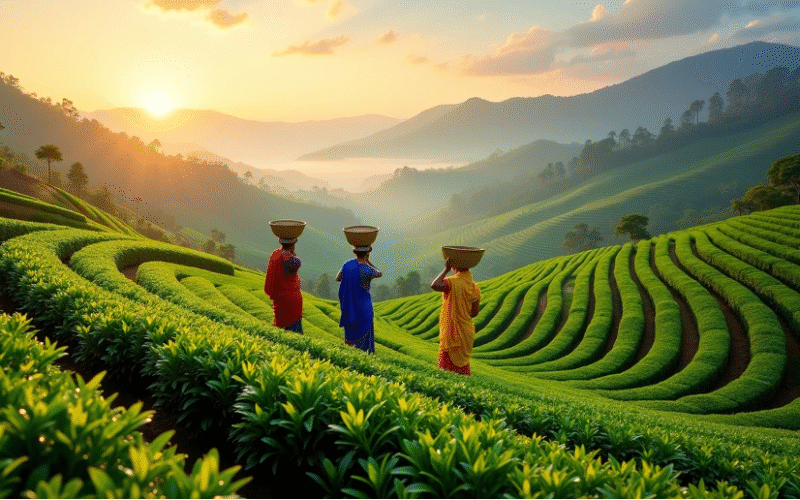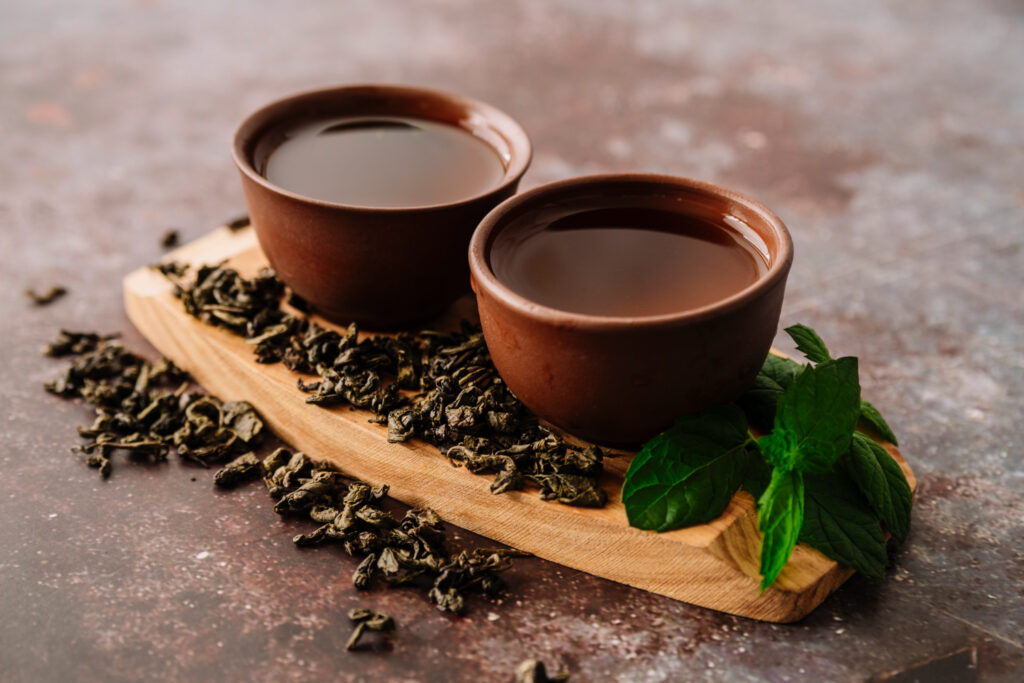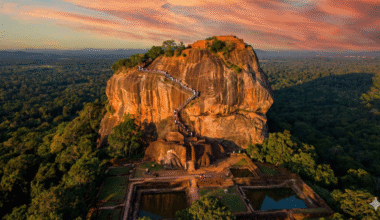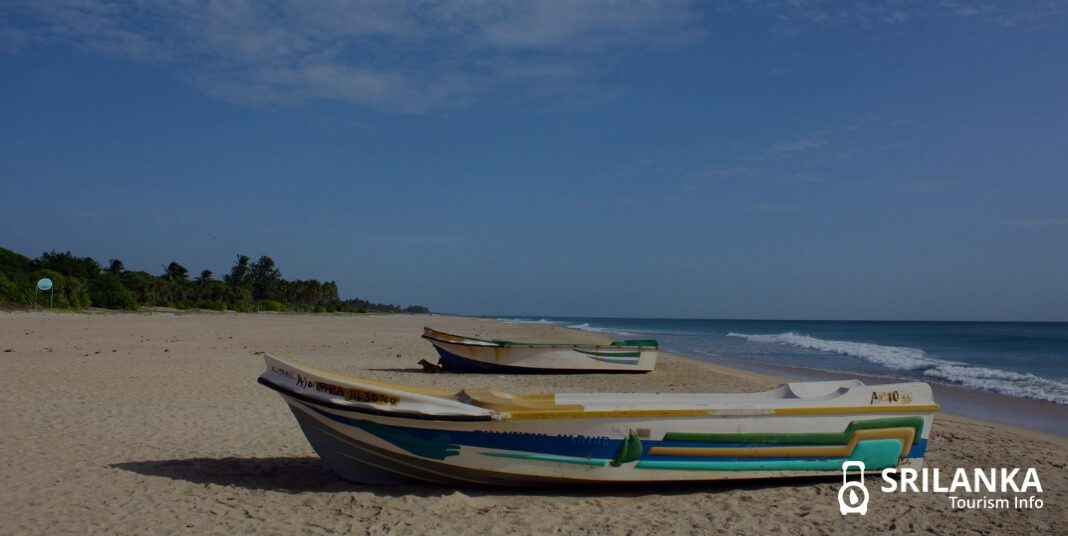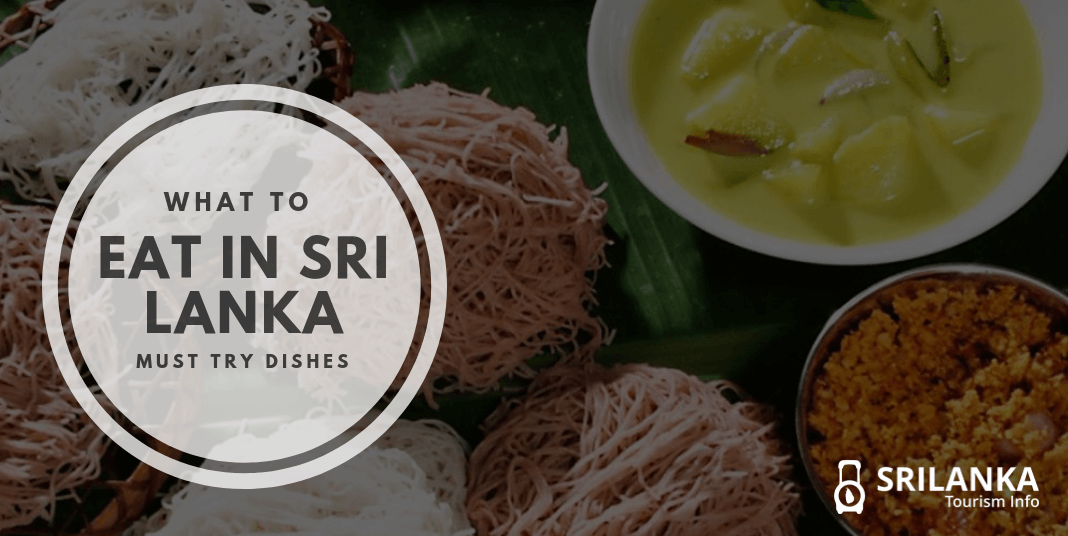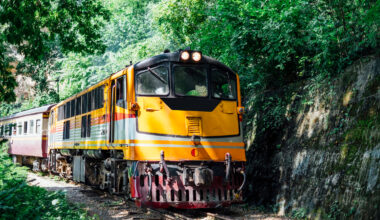Sri Lanka’s tea plantations fascinate visitors with their lush, rolling landscapes and centuries-old history. The country exports over 300 million kilograms of excellent quality tea each year. Ceylon tea makes up 12-15% of the global market. A visit to these verdant estates reveals a world where tradition and craftsmanship come together to create some of the world’s finest teas.
These plantations offer much more than beautiful views. Ceylon tea earned its reputation for robust flavor and gained global recognition by the 20th century. The tea industry has become a cornerstone of the country’s economy and employs over one million people. Visitors will enjoy the best experience during the dry season from December to March. Clear skies during this time showcase emerald-green fields that stretch across hillsides.
Let me walk you through everything you need to know about Sri Lanka’s tea estates. You’ll learn about high-grown teas of Nuwara Eliya and aromatic varieties of Uva. The piece covers plantation tours, trip planning tips, and the rich cultural heritage that makes Ceylon tea unique.
Exploring the Tea Regions of Sri Lanka
Sri Lanka’s tea country extends through its central highlands. Each region produces distinct tea varieties thanks to its unique microclimates and elevations. The tea districts of this island nation work just like France’s wine regions – each creates teas with their own character and quality.
Nuwara Eliya: The heart of high-grown tea
“Little England” Nuwara Eliya sits at an impressive 6,200 feet above sea level. The region’s cool temperatures and high altitude create ideal conditions for exceptional tea. Cool, fresh air filled with eucalyptus and wild mint helps create teas with an amazing bouquet. These teas stand out with the lightest infusion among all Ceylon teas, showing a golden color and gentle fragrant flavor. You’ll find major plantations like the 138-year-old Pedro Tea Estate and Damro Labookellie here, with tea bushes that have grown for over 150 years.
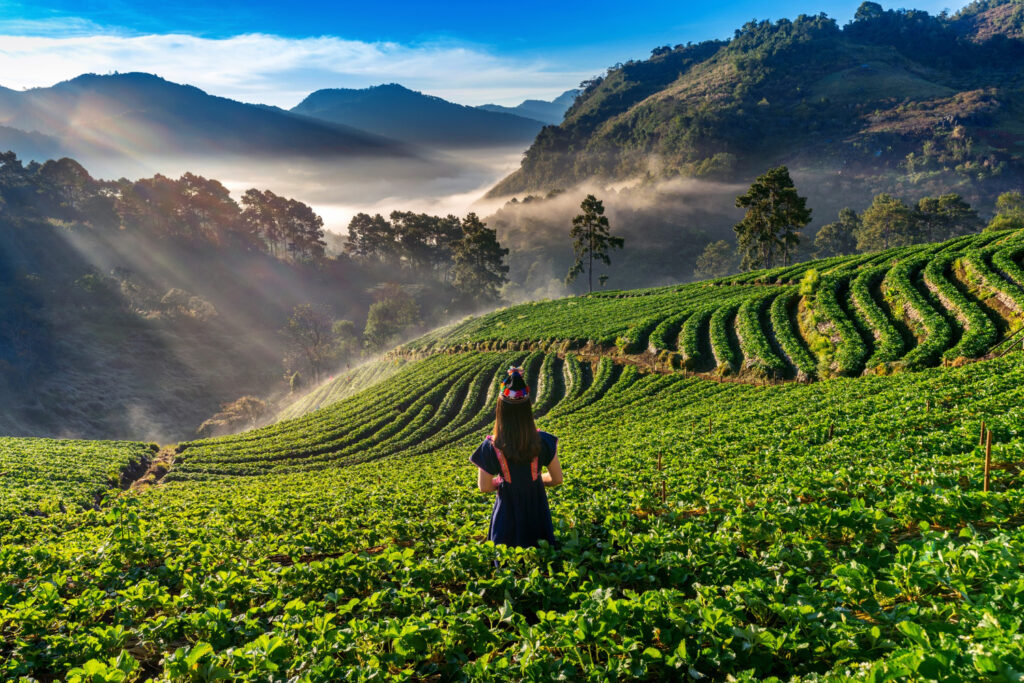
Ella: Scenic views and tea trails
Ella’s rolling hills and dramatic landscapes engage every visitor. This charming hill village changed forever after the Colombo-Badulla railway arrived in 1918. Scenic walking trails now wind through tea plantations where you can watch tea pluckers gather leaves or locals carrying firewood. The Halpewatte Tea Factory, just 5km north of Ella, shows visitors the complete tea production process. The views through Ella Gap reach all the way to the south coast.
Kandy: Where culture meets tea
Kandy holds special importance as the birthplace of Sri Lanka’s tea industry in 1867. The area creates mid-grown teas since plants don’t grow above 1,300 meters. Kandy’s teas produce bright infusions with distinct coppery tones and pack strength and full body. The first quarter of each year brings the “quality season,” when cool, dry weather makes the tea taste better. The district’s tea plantations show Sri Lanka’s lasting impact as a tea producer.
Uva and Haputale: Aromatic and rare flavors
The Uva region lies on Sri Lanka’s eastern slopes at 3,000-5,000 feet and creates teas with remarkable character. Special weather patterns, especially during the July-August dry season, give the leaves their unique flavor. Uva’s tea leaves turn darker during withering compared to other regions. Haputale features the historic Dambatenne Tea Factory, which Thomas Lipton started in 1890. Nearby, Lipton’s Seat ranks among Sri Lanka’s best viewpoints – the same spot where Sir Thomas would look out over his tea empire.
What to Expect on a Tea Plantation Visit
A visit to Sri Lanka’s tea plantations gives you a rich sensory experience of Ceylon tea production. You can walk through green fields and watch age-old manufacturing techniques that connect you to the island’s most precious export.
Walking through the tea fields
Your adventure starts with a walk through beautiful, well-kept tea estates. The neat rows of tea bushes surround you with a mixture of emerald green that spreads across rolling hills and misty valleys. Most plantations let visitors explore freely on foot. The fresh mountain air and sweeping views make it a perfect spot for amazing photos. The tea plants create precise linear patterns on mountainsides that look stunning, though they weren’t planted with any specific pattern in mind.
Meeting the tea pluckers
Tamil workers, mostly women, are the backbone of Sri Lanka’s tea industry. They wear colorful clothes with worn button-down shirts and long skirts to guard against leeches as they pick the finest leaves. These workers earn about 60 rupees per kilo and collect around 20 kilos each day, which comes to about USD 4.00 daily. The tea pluckers welcome visitors warmly despite their tough working conditions. Some estates let you try the careful technique of precision plucking, where you pick the signature “two leaves and a bud”.
Factory tours: From leaf to cup
The real magic starts inside the tea factories after leaf collection. A guide shows you the interesting ten-step process that turns fresh green leaves into fragrant Ceylon tea. You’ll see leaves lose moisture in withering, cell structures break during rolling to release natural essences, flavor development in oxidation, and the final steps of firing, sorting, and grading. The process needs no extra ingredients – the enzymes released during rolling help oxidation happen naturally. Many machines are over a hundred years old, yet these traditional methods still create authentic Ceylon tea.
Tea tasting sessions and how to enjoy them
Your visit ends with a chance to taste different grades of fresh tea. These tastings show the difference between varieties—from light white teas to strong black teas. The experience is like wine tasting, done with “slurpy gusto” while experts help you spot subtle flavor notes. You learn how growing regions and processing methods affect taste. Many estates, including Uva Halpewatte Tea Factory, include detailed tasting sessions in their tours.
Planning Your Visit: Tips for First-Timers
A good plan will make your tea plantation visit rewarding and comfortable. Your thoughtful preparation can create an amazing experience in Sri Lanka’s lush tea estates.
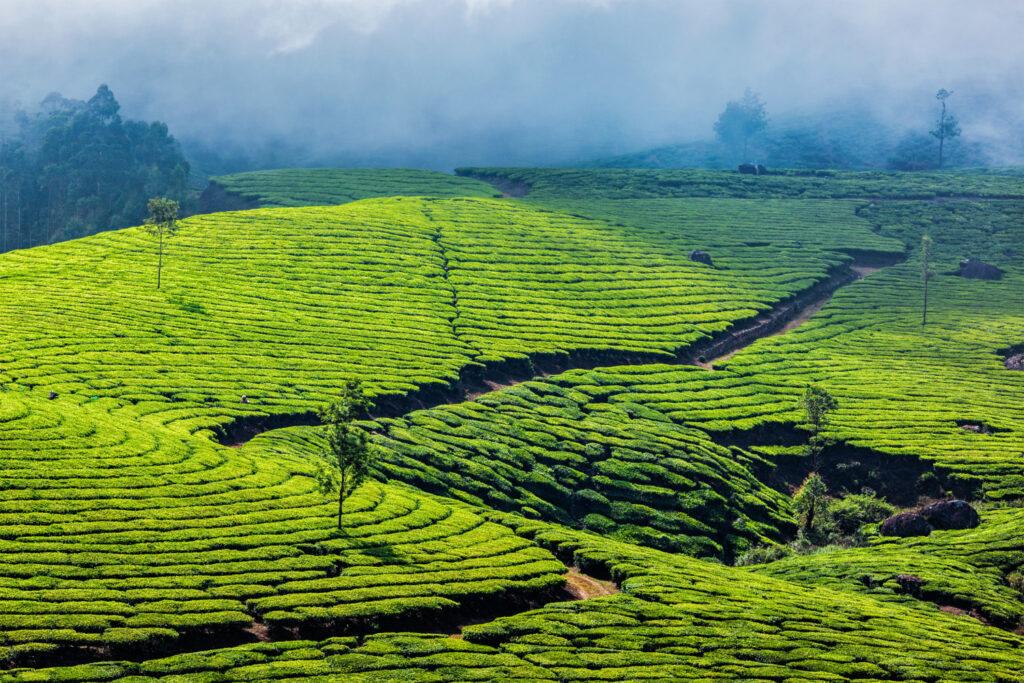
Best time to visit tea plantations in Sri Lanka
The dry season from December to March gives you perfect weather to learn about tea country. You’ll find cooler temperatures and clear skies during these months. Factories run at full capacity and the emerald hills show their best views. Tea lovers should head to the Uva region between July and September. This second flush creates the most flavorful leaves. Early mornings give you the best experience since factories buzz with activity at dawn. Stay away during May and June. The southwest monsoon brings heavy rain that turns trails muddy and forces some factories to close for repairs.
What to wear and bring
You’ll need comfortable walking shoes to handle the hilly terrain. The central highlands stay much cooler than coastal areas. Light layers work well, especially in higher spots like Nuwara Eliya. Pack these items:
- Breathable t-shirts and light pants
- A light jacket for cool mornings
- Sun protection (hat, sunglasses, sunscreen)
- Camera to capture stunning views
- A small daypack for your needs
How to book a tour and what it includes
Most 150-year-old plantations run regular tours. Book ahead if you plan to visit during peak tourist season. A proper visit has three main parts: a plantation walk, factory tour, and tea tasting session. Tours run from 8:00 a.m. to 4:30 p.m.. Remember that some factories close on Sundays and holidays.
Costs and duration of typical visits
Tour prices usually range from $10 to $30 USD per person based on the plantation and experience. Regular tours last 40 minutes to an hour. Detailed experiences might take up to two hours. High-end or private tours cost more than standard ones.
Beyond the Tea: Culture, History, and Local Life
Ceylon tea symbolizes more than a beverage—it embodies Sri Lankan culture, heritage, and identity. A rich story lies beneath the beautiful landscapes that reveals centuries of history and human stories.
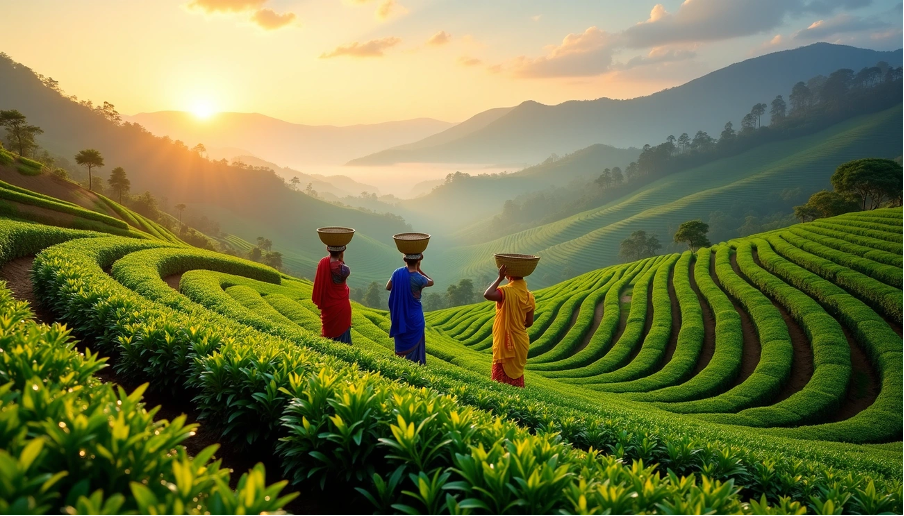
The colonial roots of tea in Sri Lanka
British colonial rule saw the beginning of tea cultivation in the early 19th century. The British switched to tea when leaf blight destroyed their coffee plantations in the 1860s. A significant moment came in 1867 when James Taylor created the first successful tea plantation at Loolecondera Estate. This marked the beginning of an industry that revolutionized the island’s economy and landscape.
Understanding the lives of plantation workers
Sri Lanka’s tea industry relies heavily on Tamil workers who came from southern India in the 1820s. These workers started as indentured laborers with no pay and poor living conditions. Their communities stayed on society’s margins for generations. Today, roughly 500,000 workers earn less than €5 daily. Many still live in 10-square-foot rooms built during British rule two centuries ago.
Ceylon tea’s global journey
Sri Lanka claimed the title of world’s largest tea exporter by 1965. The country now ranks as the fourth-largest producer worldwide and exports about 300 million kilograms each year. Competition from countries like Kenya poses new challenges to the industry.
Supporting ethical and sustainable tourism
“The Pekoe Trail” leads new environmentally responsible tourism initiatives in Sri Lanka’s tea country. This 300-kilometer path lets visitors explore on foot and support local communities. Tourists can enjoy authentic experiences from leaf-picking to factory tours while minimizing their environmental footprint.
Conclusion
Sri Lanka’s tea plantations give you much more than beautiful landscapes and aromatic brews. Your trip through these emerald hills lets you see how centuries of tradition mix with careful craftsmanship to create world-renowned Ceylon tea. Each region brings its own distinct flavors. The high-altitude estates of Nuwara Eliya, scenic trails of Ella, and historic fields of Kandy all have unique microclimates and elevations that shape their teas.
These plantations tell a deeper story about Sri Lanka’s colonial past and today’s economic realities. Tamil workers, especially women in colorful clothes, are the backbone of an industry that employs over a million people. Their skilled hands pick “two leaves and a bud” every day, using techniques passed down through generations.
The best time to visit is during the dry season from December to March. Clear skies make the plantations look their finest. You’ll need comfortable walking shoes and light layers because highland temperatures can be cool. Most estates offer detailed tours that take you through the fields. You can visit factories to learn about the fascinating ten-step process, and of course, join tasting sessions to appreciate the subtle differences between tea varieties.
A trip to Sri Lanka wouldn’t be complete without experiencing its tea country. These plantations aren’t just about producing tea – they represent a way of life that has shaped the island’s identity for over 150 years. Ceylon tea keeps its prestigious place in the world market, even while facing challenges from global competitors.
The next time you drink your cup of fragrant Ceylon tea at home, you’ll remember more than its distinctive flavor. The rolling hills, friendly faces of tea pluckers, and the amazing process from leaf to cup will come flooding back. The “Pekoe Trail” and other ethical tourism options help support local communities. They’re a great way to create lasting memories of Sri Lanka’s stunning tea country.
Key Takeaways
Discover the essential insights for exploring Sri Lanka’s magnificent tea plantations, from timing your visit to understanding the cultural significance behind every cup of Ceylon tea.
- Visit during December-March dry season for optimal weather, clear mountain views, and fully operational tea factories with best visibility across emerald hills.
- Expect comprehensive plantation tours including walks through tea fields, factory visits showing the ten-step leaf-to-cup process, and guided tasting sessions.
- Each region produces distinctive tea varieties: Nuwara Eliya’s high-altitude delicate teas, Ella’s scenic trails, Kandy’s full-bodied blends, and Uva’s aromatic flavors.
- Tours typically cost $10-30 USD, last 40 minutes to 2 hours, and require comfortable walking shoes plus light layers for cooler highland temperatures.
- Support ethical tourism by choosing sustainable options like “The Pekoe Trail” that benefit local Tamil communities who form the backbone of this centuries-old industry.
Ceylon tea represents more than just a beverage—it’s a window into Sri Lanka’s colonial history, cultural heritage, and the skilled craftsmanship of over one million workers who continue this 150-year tradition across the island’s stunning central highlands.
FAQs
Q1. Which tea plantations are must-visit in Sri Lanka? Some of the best tea plantations to visit in Sri Lanka include Pedro Tea Estate in Nuwara Eliya, Halpewatte Tea Factory near Ella, and Dambatenne Tea Factory in Haputale. These offer comprehensive tours, scenic views, and insights into the tea-making process.
Q2. Can visitors stay overnight at tea plantations? Yes, several tea plantations offer accommodation. For instance, the Ceylon Tea Trails in the Central Highlands provides luxurious stays in authentic tea planters’ bungalows, allowing guests to immerse themselves in the plantation experience.
Q3. When is the best time to visit Sri Lanka’s tea country? The ideal time to visit tea plantations in Sri Lanka is during the dry season from December to March. This period offers clear skies, cooler temperatures, and the best visibility across the emerald hills, enhancing the overall experience.
Q4. What should I wear when visiting tea plantations? Wear comfortable walking shoes for navigating hilly terrain, light layers for cooler temperatures, and bring sun protection. Pack breathable t-shirts, light pants, and a jacket for cooler mornings, especially in higher elevations like Nuwara Eliya.
Q5. How long do typical tea plantation tours last and what do they cost? Standard tea plantation tours usually last between 40 minutes to an hour, while more comprehensive experiences can extend up to two hours. Costs typically range from $10 to $30 USD per person, depending on the plantation and type of experience offered.

